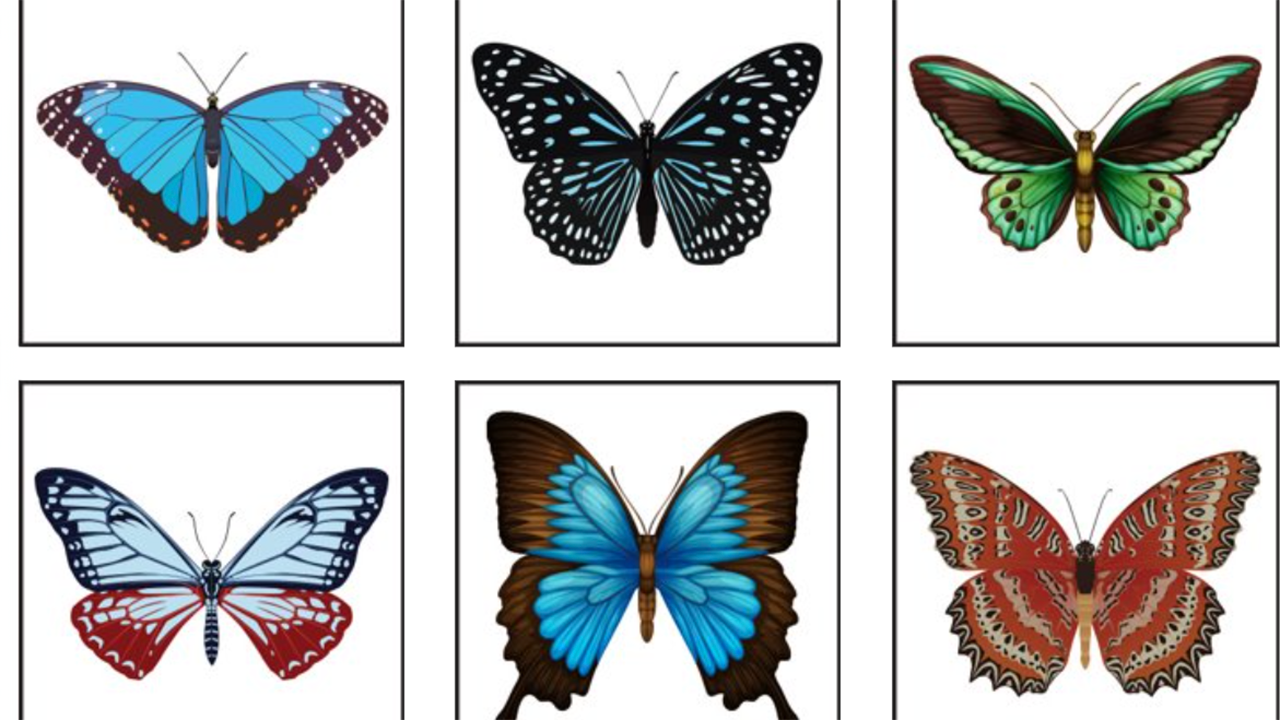Day 8: What Are Scientific Illustrations?

-
Mini-Lesson
OVERVIEW
Scientists make connections while doing research all of the time. When making observations on larvae, scientists may notice that the spines on a caterpillar remind them of the spines on a cactus. Since they already know that the spines help protect the cactus, this connection helps the scientists understand that the spines might be a defense mechanism against predators for both organisms.
NOTE: You are encouraged to create the “Making Connections” anchor chart with your learners as you move through the lesson, using the provided anchor chart as a model. Post it for easy reference when completed and remind learners to refer to the anchor charts during inquiry circles.
PROCEDURE
Each italicized statement below contains suggested wording the teacher may choose to use for the lesson; additional teacher actions and considerations are in parentheses.
Tell what the strategy is (declarative knowledge)
- Our strategy today is called “making connections.” It is thinking about the text and how it relates another text, something I already know, or the world. I can also think about how science relates to me, other sciences, and the world.
Tell when and why to use the strategy (conditional knowledge)
- I use this strategy (making connections) when the text or something in the science investigation reminds me of something I already know. This strategy is important because it helps me organize information in my brain.
- As I observe the world around me or read, my brain is always trying to match the new information with what I know. Some people call this “schema.” Making connections also helps me organize my new information (or observation) so I can remember it later.
Tell how to employ the strategy (procedural knowledge)
- (Model the strategy using text.) The first thing I do is to ask myself, “How does this text relate to something I’ve already read before? How does it relate to something I’ve done before, or to something I’ve seen or heard before?’”
- Finally, using the connections I’ve made helps me to understand what I am reading in text or observing in science.


